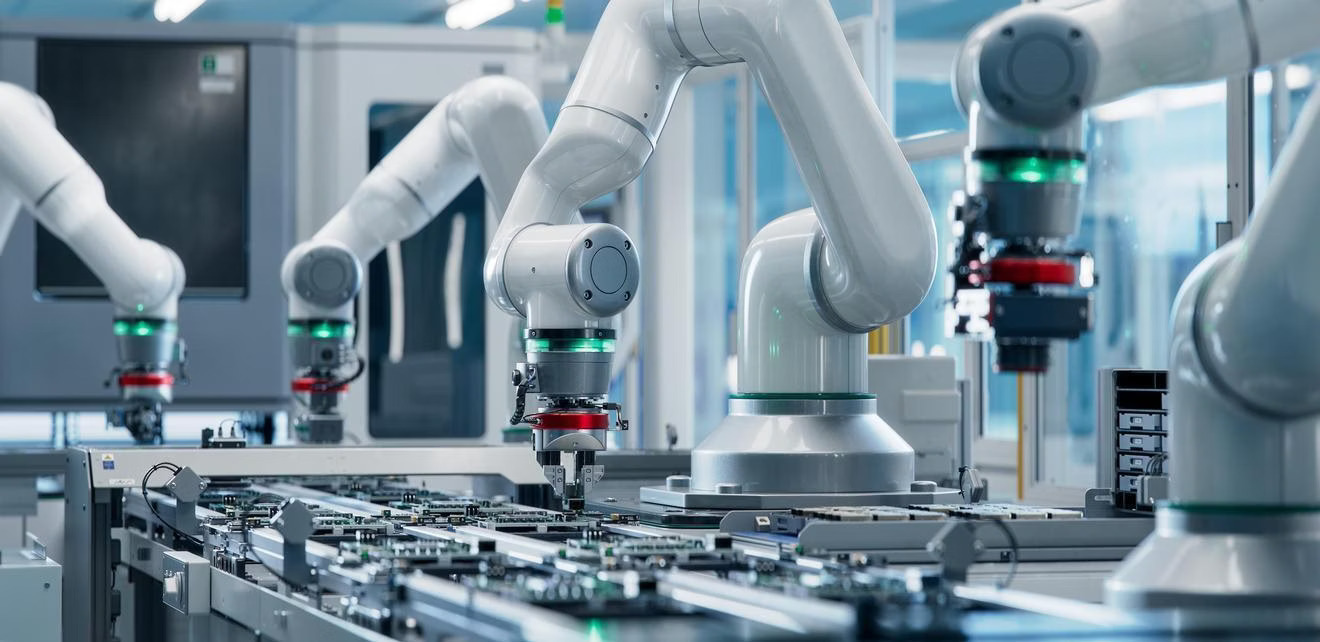IoT is one of the finest technologies in today’s time that is advancing smart building using IoT expeditiously. The technology is adding new value by bringing distinct systems together and improving the overall quality of the building in a cost-efficient manner. However, many building owners still resist bringing this change as they find this upgrade an unessential waste of their money.
To their unawareness, they don’t comprehend that by creating a smart building IoT technology they can save enormous money and break free from the regular stress of building maintenance. This blog will help you understand how the implementation of digital transformation solutions through IoT can be a game-changer for the overall enhancement of your building.
Significant Ways that are Helping to Reshape the BMS Sector
There is a common misconception in the minds of various people that the process of IoT building automation is highly expensive. This is not true. With the surge of different IoT technologies, optimizing the operations of buildings has become significantly affordable. Moreover, the numerous after benefits are complimentary. Let us look at a few ways of IoT that help make the BMS more efficient.
1. Easy BMS Upgrades
Battery-operated IoT sensors are the most suitable option for a pre-constructed building. They have a reasonable price and are easy to deploy and maintain. They can be easily installed across the building and help capture data related to distributed assets and diverse building functions.
The data from the sensors is combined at the IoT gateway and is then forwarded to the BMS server where it is analyzed. It helps in the automatic execution of building workflows such as triggering alerts, maintenance scheduling, intuitive equipment reconfiguration, etc.
2. Enhanced Security
IoT building automation can be highly beneficial in enhancing the security of your building. As all the building is connected with different IoT sensors and digital devices, the monitoring of the building is happening 24/7. In case of a thief entering the premises of the building, the sensors connected will trigger the alarm and help protect the residents from thefts.
Besides that, the use of IoT helps save residents from natural disasters like floods, fire, or gas leaks. The sensors deployed at the doors, windows, or elevators can detect any abnormal activity and warn the building residents by hazard lights, alarms, sirens, or any other actuator.
Also Read : Ten Ways Industrial Internet of Things is Changing Manufacturing Industry
3. Higher Utility Savings
One of the biggest advantages of implementing digital transformation solutions using IoT in your building is its ability to save a high amount of energy. The use of real-time granular IoT sensors enables on-demand equipment control that results in obtaining higher energy efficiency.
In addition, the wireless utility submeters installed in the building help detect areas. The facility managers can utilize these insights to create counteractive plans that can help save energy.
4. Facility Management
By creating smart building using IoT, the job of the facility operator gets simplified. The IoT sensors installed at the various endpoints of the building helps collect data on humidity, temperature, static pressure, etc. It offers greater visibility into the building performance.
Using the insights from data collected through IoT sensors, the facility manager can determine the building sections that are utilizing the most energy. This allows them to proactively create strategies that can save energy, cut costs, and provide more value to the building.
5. Platform Independent Control and Self Diagnosis
With IoT building automation, all the electronic devices such as refrigerators, thermostats, air conditioners, washing machines, water pumps, coffee makers, etc., becomes controllable from smartphones and other web platforms. This improves the livability of the residents of the building, and they can enjoy a more comfortable lifestyle.
Apart from that, the IoT sensors deployed at the building help self-monitor the condition of doors, walls, pipes, etc. When the need for attention, the sensors will alarm the building operator, and they can take care of the issue. This will save the stress of regularly monitoring the building and identifying issues physically.
Conclusion
By leveraging digital transformation solutions with IoT in building management systems, the results can be valuable both in terms of cost and energy savings. IoT technology now isn’t just limited to mere optimizations but is elevating several BMS functionalities.
Automated facility management, improved tenant experiences, higher energy efficiency, and better service innovation are some of the major profits you achieve by creating smart building using IoT. So to sum it up, IoT is the future of BMS, and undertaking this step now can be a profitable venture for the overall quality of your building and its residents.





